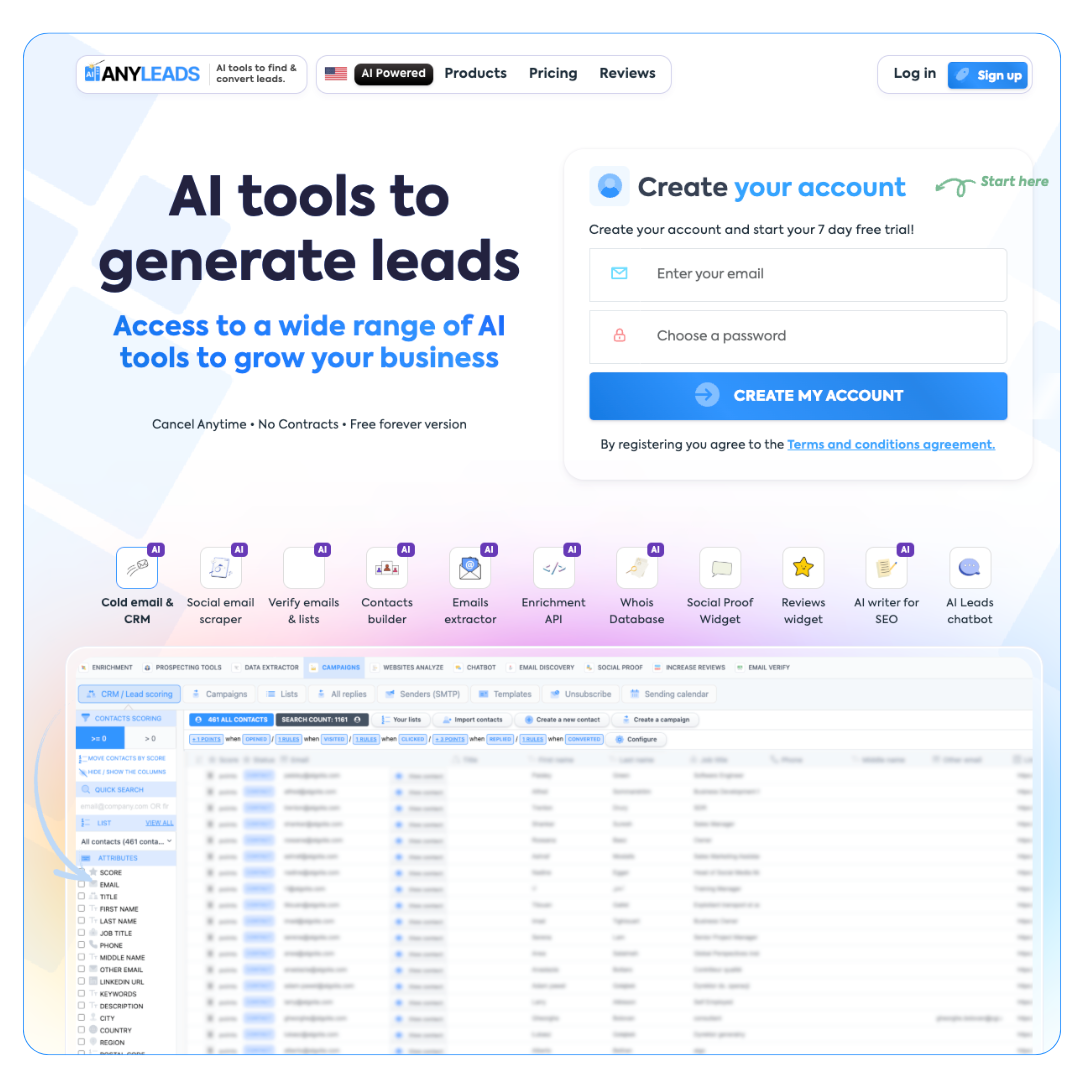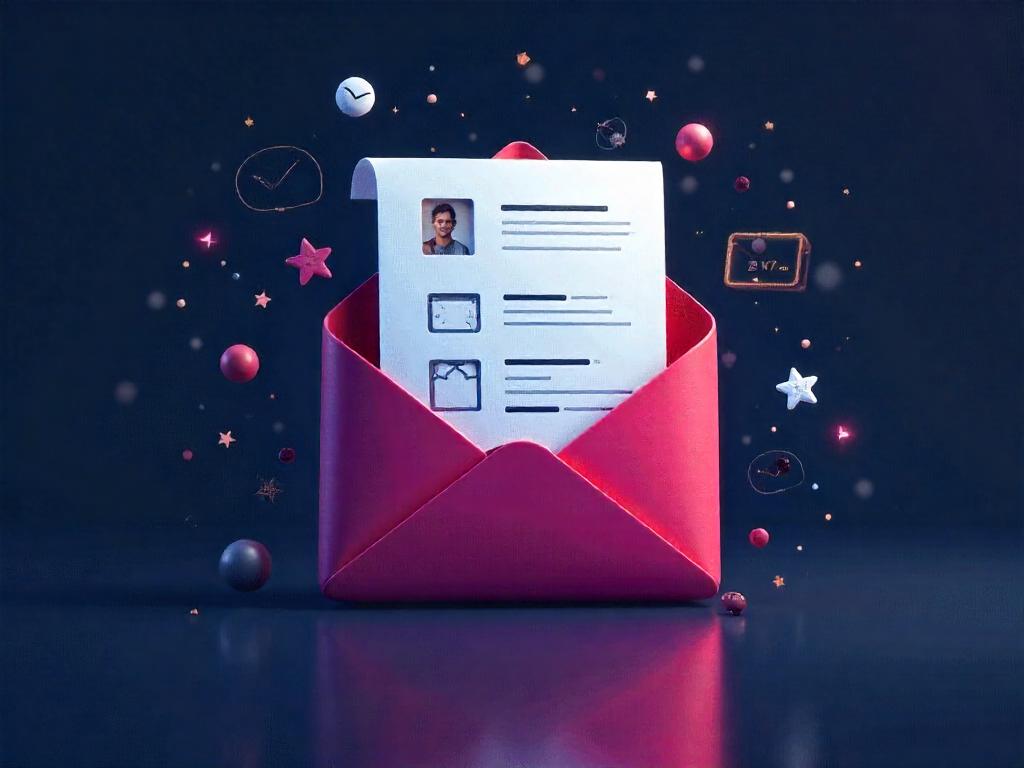 LIMITED SPOTS
All plans are 30% OFF for the first month! with the code WELCOME303
LIMITED SPOTS
All plans are 30% OFF for the first month! with the code WELCOME303

 LIMITED SPOTS
All plans are 30% OFF for the first month! with the code WELCOME303
LIMITED SPOTS
All plans are 30% OFF for the first month! with the code WELCOME303


Now we are going to talk about something that often makes marketers raise an eyebrow: buying email lists. It’s a topic that can spark quite the debate!
Now we are going to talk about the legality behind purchased email lists—a topic that’s as clear as mud at times, especially if you’re not a legal expert. And let’s be honest, who among us has time for a legal deep dive when there are cookies to bake?


When we think about buying email lists, it feels a bit like shopping online for the latest gadget. You find what you want, add it to your cart, and hit that lovely “buy” button. But hold your horses! There’s a whole set of rules in this shopping spree!
In the U.S., we must tiptoe around the CAN-SPAM Act, which, despite its sleepy name, can pack a punch. This law says we must offer an opt-out option and ensure that the sender's information doesn’t resemble the identity of a secret spy. Imagine receiving an email with the subject line “This is totally not spam!” Sure, it might raise some eyebrows.
Marketing professionals often joke about how checking the legal boxes can feel more complicated than assembling furniture from a famous Swedish store—complete with a vague manual and some parts that don’t seem to fit. But complying with the rules ensures we can reach out without worrying if we’ll break the bank with fines.
For us folks working in the EU, we must wade through the waters of the General Data Protection Regulation, or GDPR. This bad boy requires individuals to give their explicit consent before our emails land in their inboxes. It’s as if you invited yourself to someone’s birthday party without sending a RSVP. Awkward, right? If a company’s email list contains names from across the pond, it’s essential to ensure everyone is on board. After all, nobody wants their marketing efforts tossed out like last week’s leftovers.
So, what does this all boil down to? Here are some important takeaways:
To wrap it up nicely, navigating the world of purchased email lists isn't just about getting names; it’s about playing the compliance game. We might have to juggle legal obligations, but with the right approach, we can reach out effectively without looking like the bad guys in the marketing movie.
Now we're going to chat about how email service providers (ESPs) sniff out those pesky purchased email lists. Spoiler alert: they’re pretty good at it!

Most ESPs, like the vigilant bouncers of your favorite nightclub, don't let purchased lists waltz right in. Why? It mostly boils down to the headache of high bounce rates and spam traps. Who wants to deal with that chaos?
| Strategy | Description |
|---|---|
| Warm-Up Your IP and Domain | Gradually increase email volume to avoid detection. |
| Email List Validation Tools | Use tools to clean outdated or invalid email addresses. |
| Segment Your Audience | Group your contacts to send targeted, relevant messages. |
The bottom line is, while using purchased lists might be tempting, it’s like trying to sneak food into a movie theater—eventually, you’ll get caught. Staying on the straight and narrow with clean, nurtured lists will keep your email deliverability high and your reputation intact.
So, let's keep those bouncers happy, folks. Maybe they’ll share that secret wifi password if we ask nicely!
Next, we are going to explore how to use a purchased email list in a way that keeps everyone happy and compliant. It’s all about making meaningful connections without stepping on anyone's toes. After all, we don’t want to end up on an email blacklist or worse, the spam folder—oh, the horror!
Think of your email list like a salad. No one wants wilted lettuce in there! Running that list through a validation tool is like tossing out the bad bits before serving to guests. Focus on real, active emails to maximize your chances of reaching the right people. Trust us—nobody likes to see ‘email not found’ pop up when they hit send.
Imagine you stroll into a party unannounced—awkward, right? A warm-up email does just the opposite. It's your chance to say, “Hey, I’m here, and I come bearing gifts!” Offer some value or share a bit about your company. When recipients can opt in willingly, it feels like a friendly handshake instead of a cold, unsolicited pitch. And just like that, we’ve got a rapport!
Getting the message that someone wants out isn’t easy, but it’s essential. Think of it like a relationship; you wouldn’t want someone hanging around if they weren’t interested. When someone opts out, it’s like waving them off with a friendly smile—no hard feelings! By doing this, we ensure only those who want to hear from us stick around, which is a win for everyone involved.
If your content isn’t interesting, you might as well be shouting into a void. Engaging content is your golden ticket. Use what you know about your audience to craft messages that sing! Remember, people love stories, humor, and even a bit of drama. When your emails resonate, you’ll see complaints drop and engagement levels rise. A sprinkle of demographic data can help target interests further, ensuring your messages are as delightful as a warm cookie fresh out of the oven.
With these strategies in our back pocket, using a purchased email list becomes a fun and fruitful endeavor! Who knew it could be this straightforward? Let’s keep it light, engaging, and respectful in our approach, and watch our email relationships blossom!
Now we are going to talk about the effectiveness of purchased email lists and how they can still do magic when handled thoughtfully. It’s like finding a hidden treasure in your grandma’s attic; you just have to sift through the dusty boxes to find the gems!


We’ve all been there, looking at our email inbox, wondering if anyone even reads those emails. Can you hear the crickets chirping? Well, acquired email lists often carry a bit of baggage. Sometimes, they come with lower engagement rates than those shiny organic lists. But don’t discount them just yet! Used wisely, they can be effective. It’s like discovering a funky thrift store sweater that, with a bit of tailoring, becomes your favorite go-to!
Imagine crafting a campaign that hits the right notes for your audience. Combining things like segmentation—split the herd into smaller, more manageable groups—with behavioral insights keeps things interesting. It's about serving up the right content, at the right time, to the right people. Who wants to read an email about cat toys when they just adopted a dog? Nobody, that’s who!
Some businesses take a treasure-hunting approach to these lists, carefully analyzing data to connect with people who might never have stumbled upon their brand otherwise. They see positive outcomes! It’s not just sending out a one-size-fits-all blast; it’s about being like that thoughtful friend who remembers what someone likes. Recipients appreciate personalized content that resonates with their interests. Nothing says “I care” like knowing someone’s preference for the “Best Scented Candles.” Ring any bells?
On top of that, advanced lead scoring can give a significant boost! Think of it as a VIP pass at a concert—only the most promising contacts get through. This strategy focuses resources on those high-potential contacts, making them feel special and valued. Engagement rates can climb faster than your cousin’s karaoke skills at a family party on a Saturday night!
To sum up our email journey, purchasing lists isn’t a death sentence for your email marketing strategy. It requires a sprinkle of strategy, a dash of data, and a good dose of creativity. It’s all about forging connections and delivering content people actually want to read. So whether you’re a seasoned pro or just starting, remember—keep it personal, keep it fun, and always keep them guessing! Here’s a quick recap:
Now we are going to talk about a topic that’s been stirring the pot in marketing circles: those enticing but tricky purchased email lists. We’ve all heard the stories—some good, some downright horror stories about people buying a list and ending up on every spam folder imaginable. Buckle up, because we’re about to unravel the ins and outs of this curious practice.
Now we are going to talk about the importance of getting a new email list into shape and warming it up before launching a killer campaign. Think of it as inviting people to a party—you wouldn't just yell out an address and expect a crowd, right? There’s a little finesse involved!

| Step | Description |
|---|---|
| Utilize Verification Tools | Identify and eliminate invalid email addresses for a cleaner list. |
| Slow Rollout | Send emails in small batches to monitor engagement before a full-scale launch. |
| Keep Scrubbing | Regularly update your list to remove inactive subscribers using automation tools. |
When we clean and warm up our list, we’re like diligent chefs perfecting a recipe before serving it up. A little prep goes a long way, so let's make sure our email campaigns don’t flop like a soufflé that didn’t rise!
Now we are going to talk about how to kick things off with that first email to your shiny new list. Think of it as your brand's first date—first impressions count!


When you're crafting that initial email, it's your golden chance to say, "Hey, look at us!" so make it count. We've all been there—scrolling through our inbox, trying to find something worth our time. Let's make sure your email stands out.
Remember, this isn’t just about sending an email; it's about sparking a conversation and fostering a connection. Think of it like showing up to a party with a fun vibe—people are drawn to that! Often, our first email can create a ripple effect. If done right, those recipients could turn into loyal fans. And we all know how splendid it feels to have a cheering squad! As we round up, keep in mind that your tone should be friendly, authentic, and relatable. Avoid the corporate jargon unless quirkiness is your brand’s personality. Craft your words like a story, not a sales pitch. And hey, since we're living in the age of attention spans shorter than a TikTok video, keep it snappy! We want them to remember you for the right reasons, right? So, go on and sprinkle a bit of your charm into that email, and let the spark fly. Happy emailing!
Next, we’re going to chat about how purchased email lists can actually be a hidden gem in marketing strategies. It seems many folks dismiss them, thinking organic is the holy grail. But let’s be real—sometimes we need a little nudge to get to those elusive audiences.
Picture this: You’re in a crowded room, hunting for the right person to pitch your brilliant idea. Everyone is chatting, but your target is hiding behind a potted plant. That’s what organic outreach can feel like sometimes. But what if you had a VIP list of folks already interested in what you offer? That's where purchased email lists strut their stuff. B2B marketers, for instance, can tap into audiences that are usually just out of reach. Decision-makers, CEOs, and other hardcore professionals often won’t engage without a bit of prodding, which is what a good email list can provide.
Imagine using a purchased email list to bolster your existing efforts—like adding a cherry on top of your marketing sundae. When paired with other strategies like PPC lead generation, these lists can boost a brand’s visibility faster than you can say “open rate.”
Now, it’s crucial to approach these lists with a little finesse. Like trying to blend into an exclusive club, we need to present ourselves properly. Make sure you choose reputable vendors, not that random guy selling lists out of his trunk (take our word for it, those lists can be suspect). Plus, clean your lists regularly; this isn’t a hoarder’s basement, after all. A good list should be fresh, active, and squeaky clean.
And let’s talk about compliance! Following the rules is vital; otherwise, you might end up in marketing purgatory. GDPR and CAN-SPAM are serious stuff; don’t treat them like the pesky broccoli on your dinner plate—swallow them down.
Embracing purchased emails doesn’t mean waving goodbye to organic efforts. Instead, think of it as another tool in your kit. After all, isn’t it all about getting our message to the right ears? With both purchased and organic strategies, marketers can truly flourish. So, the next time someone suggests you ditch those shiny lists, remind them that sometimes the best treasures are buried just below the surface. Happy emailing!
Now we are going to talk about getting the most out of those purchased email lists, a topic that can make marketers either cringe or cheer. It’s less about just blasting out emails and more like cultivating a garden—requires patience and the right approach.

Think about it—purchased lists can be like that unopened mystery box you find in your attic. Once you pry it open, you may uncover some real gems! One of those treasures is the opportunity for data enrichment. Imagine slapping on demographic details like job title or industry. It’s like putting a cherry on top of a sundae. A software firm could zero in on IT heads at medium-sized businesses with this intel.
Adding layers like this allows us to truly understand our audience. Segmenting based on needs can really amp up our content's relevance—like serving a vegetarian meal to a vegetarian!
Purchased lists aren't just for email. Nah, let’s put our creative caps on and go multichannel. Think of it like cooking; we want to mix flavors for that perfect dish! Some options include:
This cocktail of communication opens doors and boosts recognition like a charm. Mix it up with PPC strategies, and we’ve got ourselves a vibrant lead-generating machine!
Alright, let’s talk content! With purchased lists, we can't just throw any old thing at them. We need to create something that stops them in their tracks, like a cat spotting a laser pointer. Ways to do this include:
Don’t forget to A/B test! Changing subject lines can yield surprising results. Who knew that tiny detail could pack such a punch?
Now, let’s not forget about the numbers. Analyzing isn’t just for engineers; we marketers need to be data-driven, too. Tracking open rates and adjustments keeps our efforts from going stale. If something isn’t working, don’t be shy—tweak it. And cleaning our list is a must! Getting rid of ghost contacts can help sharpen our focus on those ripe for engagement.
Lastly, we can’t just set and forget! Regular follow-ups keep our name in their heads. Gearing up a newsletter packed with relevant insights and helpful content can transform a chilled-out contact into your next big fan. Think of it as sending breaks biscuits through the mail—unexpected but delightful! By offering value consistently, we build a nice rapport, making them not just leads but loyal customers.
With a sprinkle of creativity and a dash of strategy, purchased email lists can actually blossom into strong relationships and solid business growth. Focusing on compliance and nurturing those connections gives businesses a golden opportunity to cultivate lasting partnerships. With the right touch, those lists may turn from just names and emails into future client success stories!

